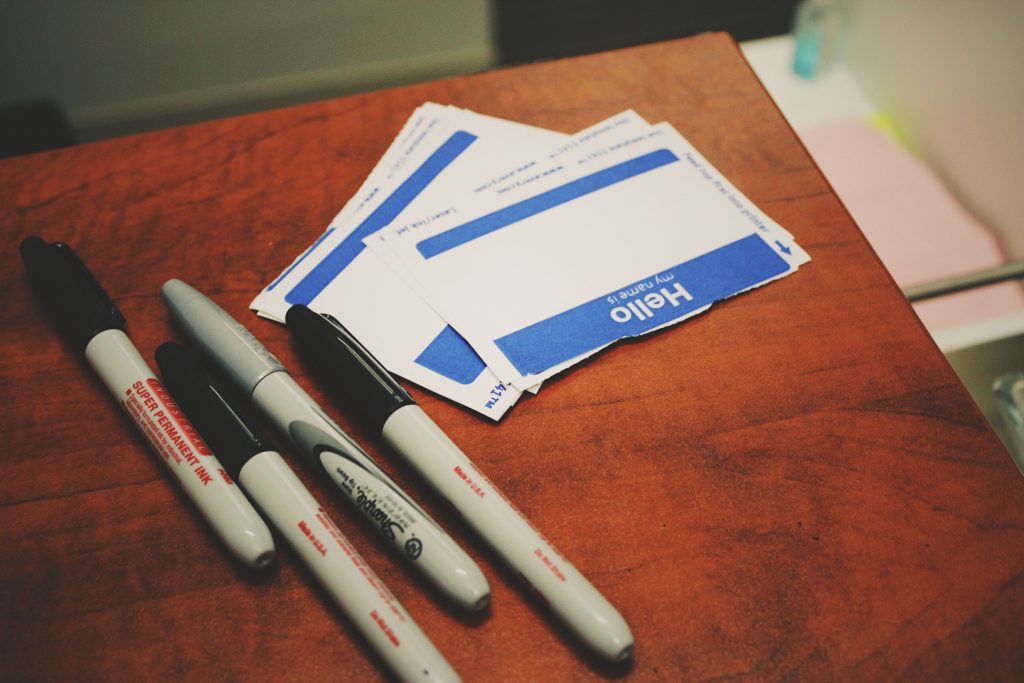
What’s in a name? Well, a whole lot.
Naming your business can be overwhelming, and once you consider all the time and expense that comes with branding and growing a business, it is best to ensure you based your selection on more than “does this sound cool?” The last thing you want to happen is to receive a cease and desist letter that could force you into a pricey rebrand or rename situation.
If you are in a rut or want to ensure you did your due diligence or both, here are some directions and considerations you may want to keep in mind when diving into the naming process.
Note: Always try to keep your consumer in mind.
Keep it simple.
Do your best to choose a name that is easy to say and spell. Yes, be unique (this will help with trademarking), but not so unique that it becomes difficult to read or say. Feel free to ask your friends and family what they hear and how they would spell it when you say it out loud. This test will be a good indicator of how others will approach your name.
Yell it out into the void (sort of).
Another test you can conduct is turning your speakers up and say the name to your audience. Can they make it out? Complicated names will be harder to grasp in nosey settings like these (think bars, restaurants, and networking situations, for example).
Go international.
If you are trying to take over the world (cue Pinky and the Brain), be sure to check how your name translates across the map.
For example: Mr. Clean
Spain: Don Limpio
France: Mr. Propre
Germany: Meister Proper
Trademark it!
Once you have chosen your name and done some initial research on availability (are there other people operating under the same or similar name in the same category?), it is highly recommended to involve a trademark agent. These experts can help ensure you and your investment are well protected.
Here is some useful information courtesy of the Government of Canada: